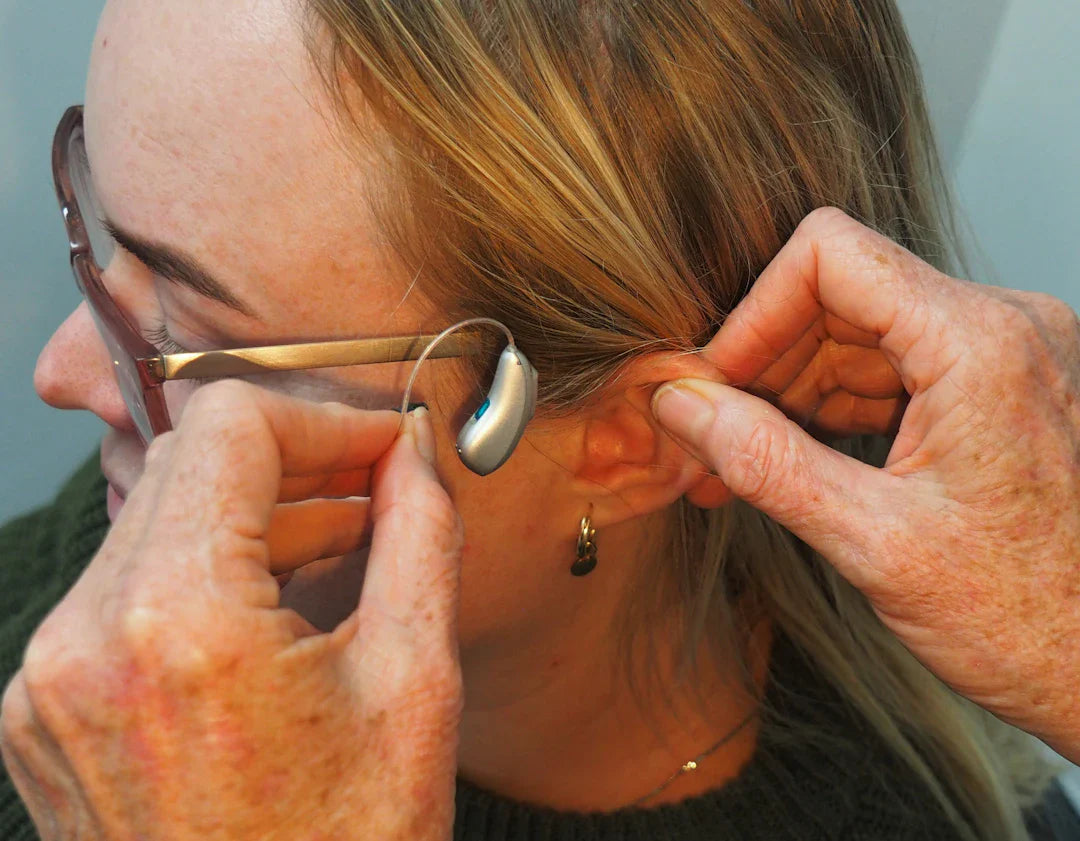Creating an inclusive workplace environment is not just about meeting legal requirements; it is also about fostering a culture of diversity and support for all employees. In today's society, where diversity is celebrated and inclusion is valued, it is essential for businesses to ensure that they are accommodating employees with various disabilities, including hearing impairments. This blog post will explore practical steps that employers can take to create a more welcoming and supportive workplace for individuals with hearing impairments.
Understanding Hearing Impairments
Hearing impairments can range from mild to profound and may be present at birth or develop later in life due to various factors such as ageing, exposure to loud noise, or illness. Individuals with hearing impairments may face challenges in communication, particularly in noisy environments or during group meetings.
Providing Assistive Technologies
One way to create an inclusive workplace for employees with hearing impairments is by providing assistive technologies such as Phonak, Widex, Signia, or GN Resound hearing aids. These devices can help individuals with hearing loss by amplifying sound and making speech clearer and more understandable.
Implementing Communication Strategies
Employers can implement communication strategies to ensure that all employees, including those with hearing impairments, can effectively participate in meetings and discussions. Simple strategies such as speaking clearly, facing the person you are speaking to, and minimizing background noise can make a significant difference.
Creating a Quiet Work Environment
Noise can be a significant barrier for individuals with hearing impairments. Employers can create a quiet work environment by reducing unnecessary noise, using sound-absorbing materials, and providing designated quiet spaces for employees who require them.
Training Employees and Managers
It is crucial to provide training to all employees and managers on how to interact effectively with colleagues who have hearing impairments. This training can include basic sign language lessons, tips for clear communication, and information on how to use assistive technologies.
Encouraging Open Communication
Creating a workplace culture that encourages open communication and empathy is essential for supporting employees with hearing impairments. Encourage all employees to speak up if they are struggling to hear or understand something and to ask for repeat or clarification when needed.
Flexible Work Arrangements
Offering flexible work arrangements can benefit employees with hearing impairments by allowing them to work in environments that are conducive to their needs. This can include remote work options, flexible hours, or the ability to use assistive technologies in the workplace.
Organising Awareness Campaigns
Organising awareness campaigns within the workplace can help educate employees about hearing impairments and promote a culture of understanding and inclusivity. These campaigns can include workshops, guest speakers, or informational materials.
Seeking Feedback
Regularly seeking feedback from employees with hearing impairments can help employers understand their unique needs and challenges better. This feedback can inform future policies and practices aimed at improving the workplace environment for all employees.
Supporting Earwax Removal Services
Earwax buildup can exacerbate hearing impairments and make it challenging for individuals to use hearing aids effectively. Providing access to earwax removal services within the workplace can help employees with hearing impairments maintain their hearing health and improve the effectiveness of assistive devices.
Celebrating Diversity and Inclusion
In conclusion, creating an inclusive workplace for employees with hearing impairments goes beyond meeting legal requirements; it is about fostering a culture of diversity, empathy, and support. By implementing practical strategies such as providing assistive technologies, implementing communication strategies, and organising awareness campaigns, employers can create a more welcoming and supportive environment for all employees, including those with hearing impairments.




